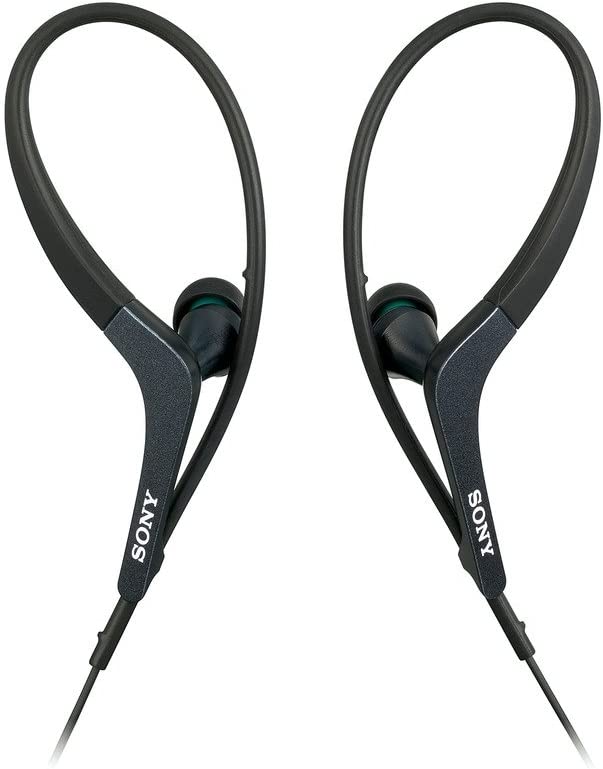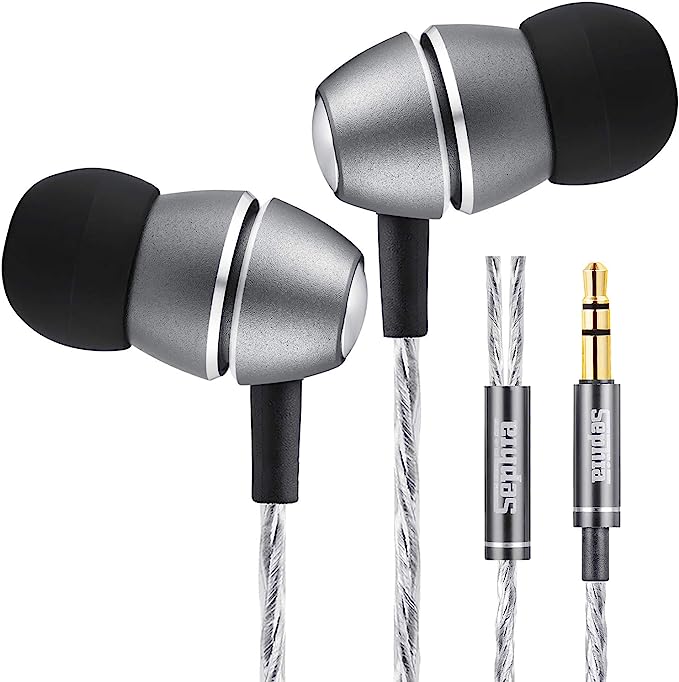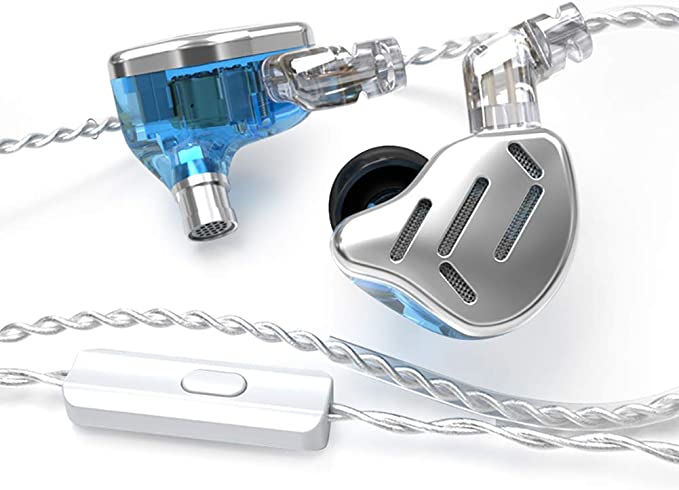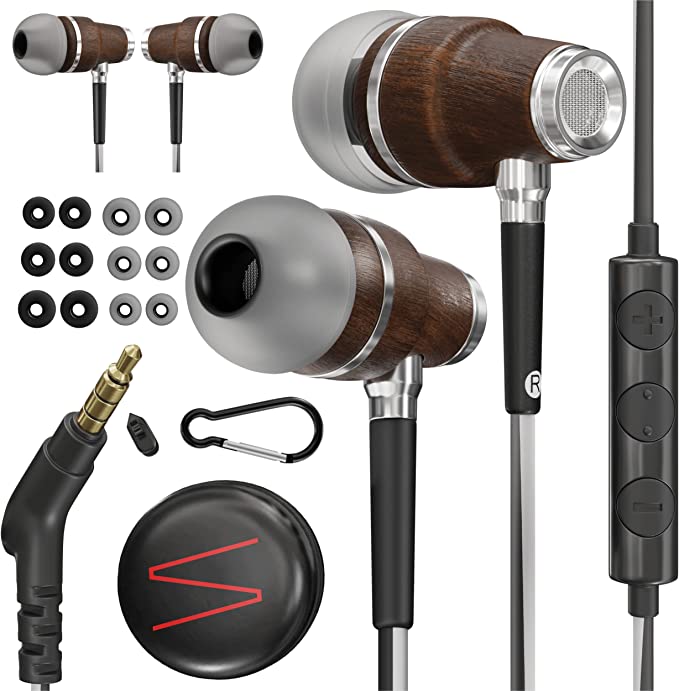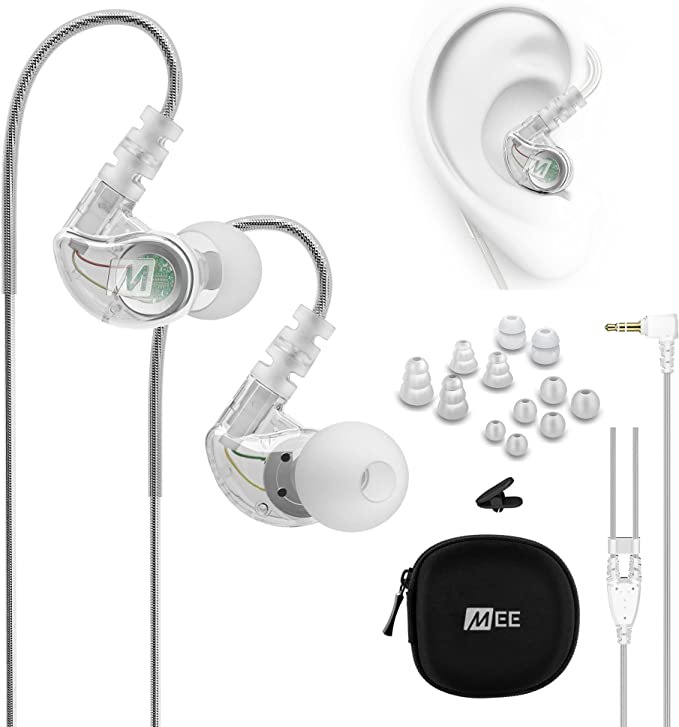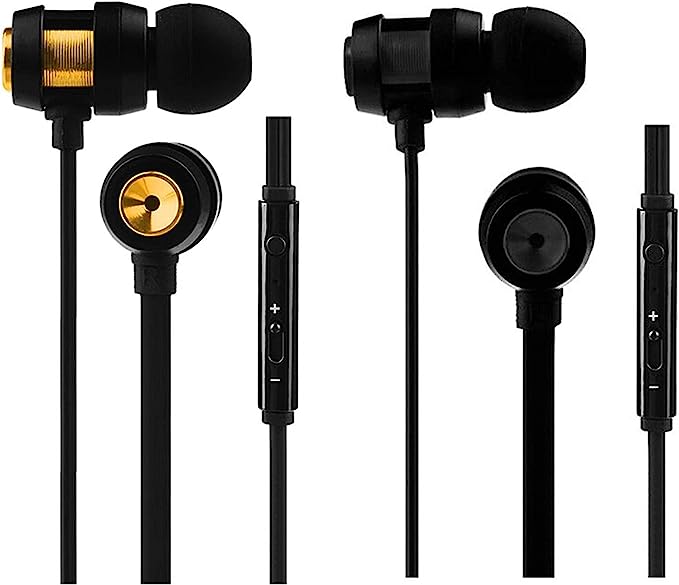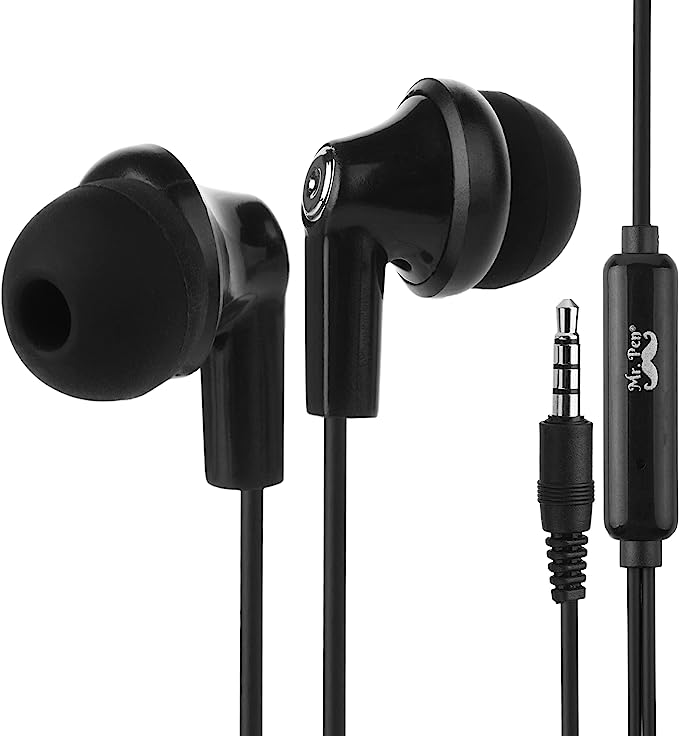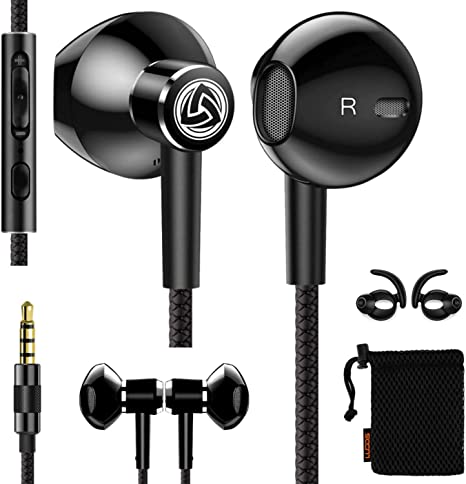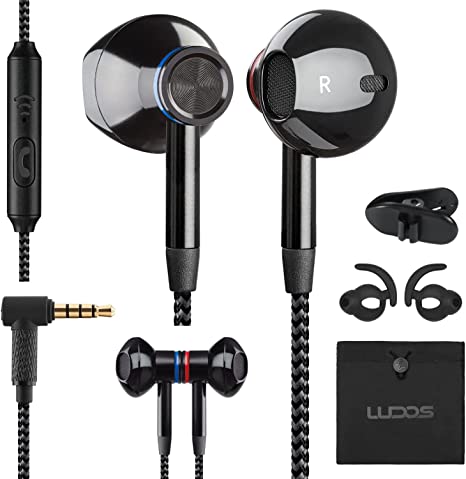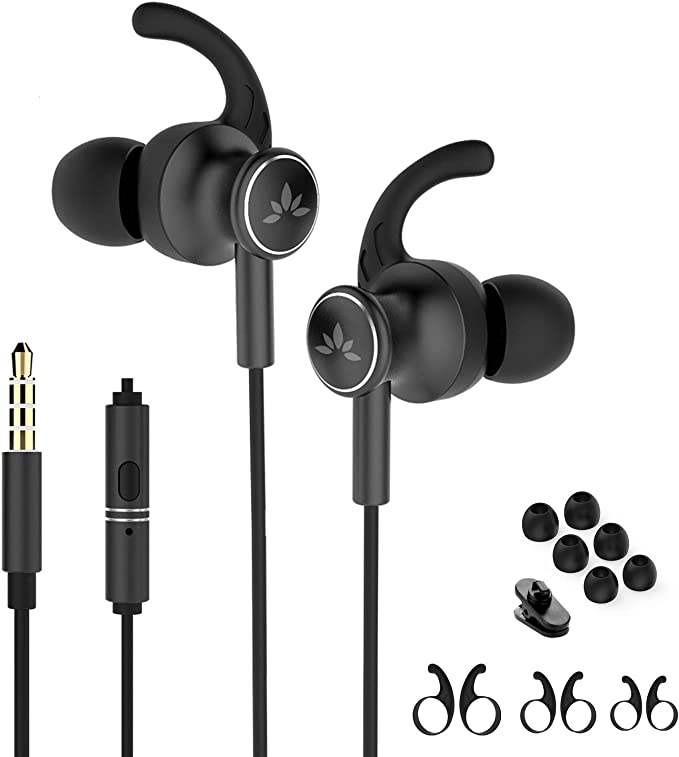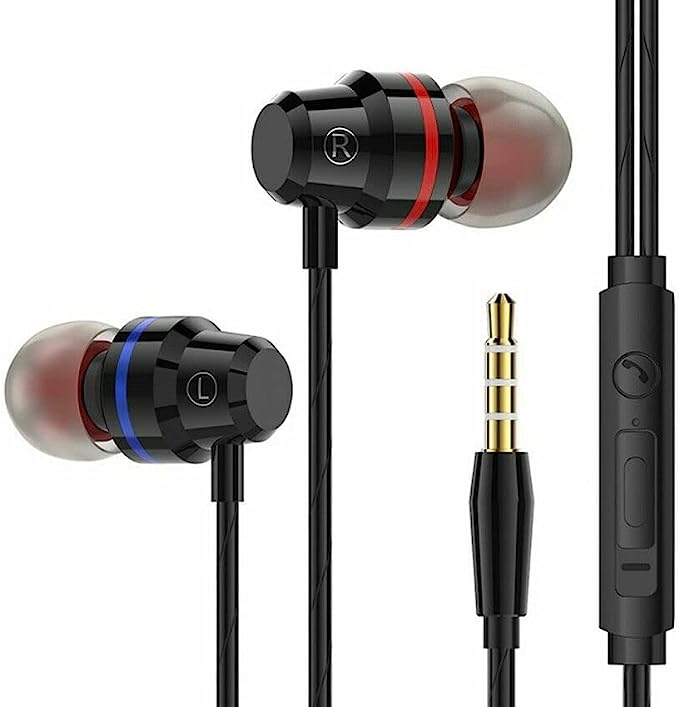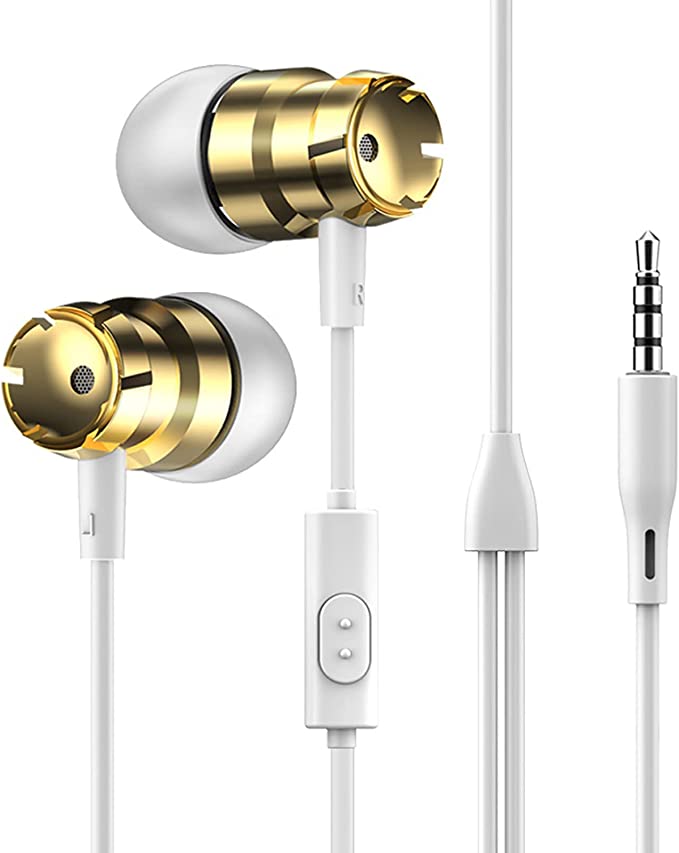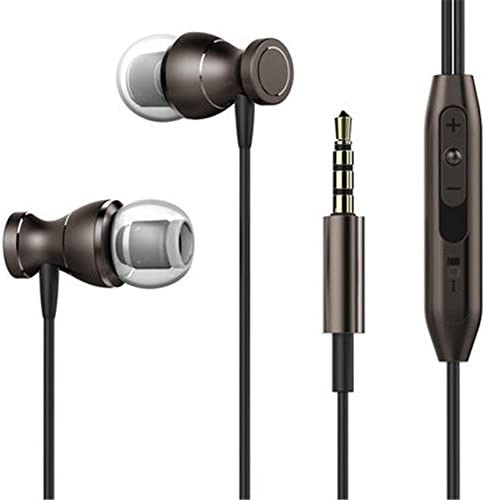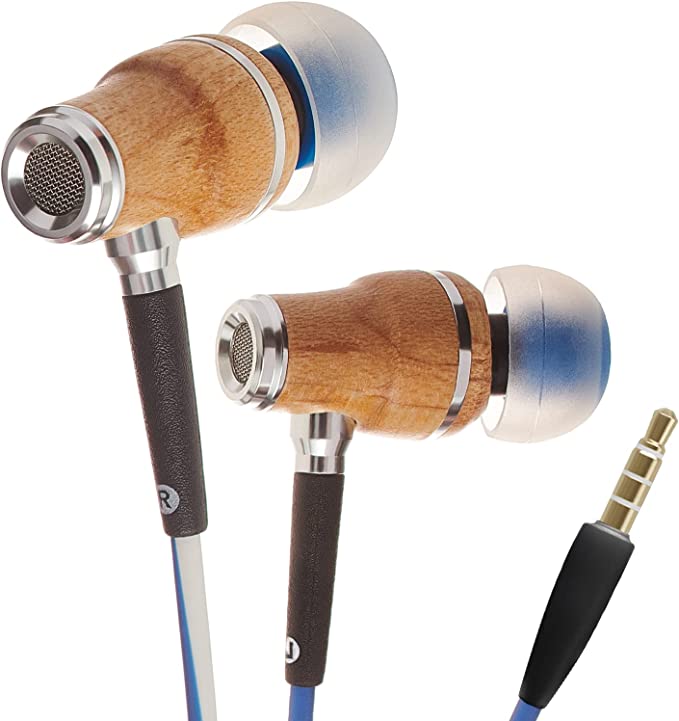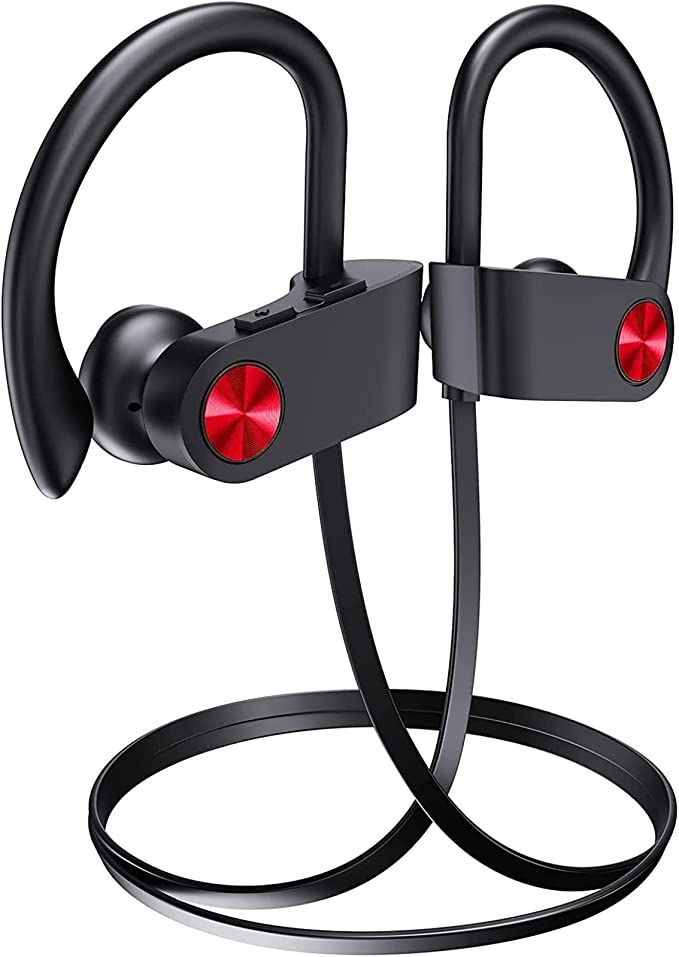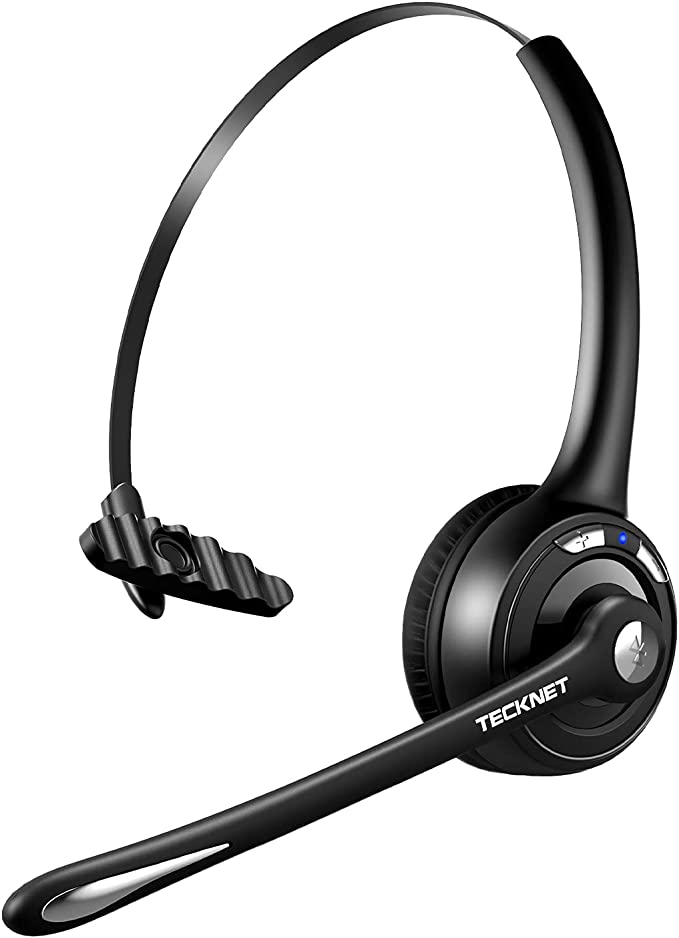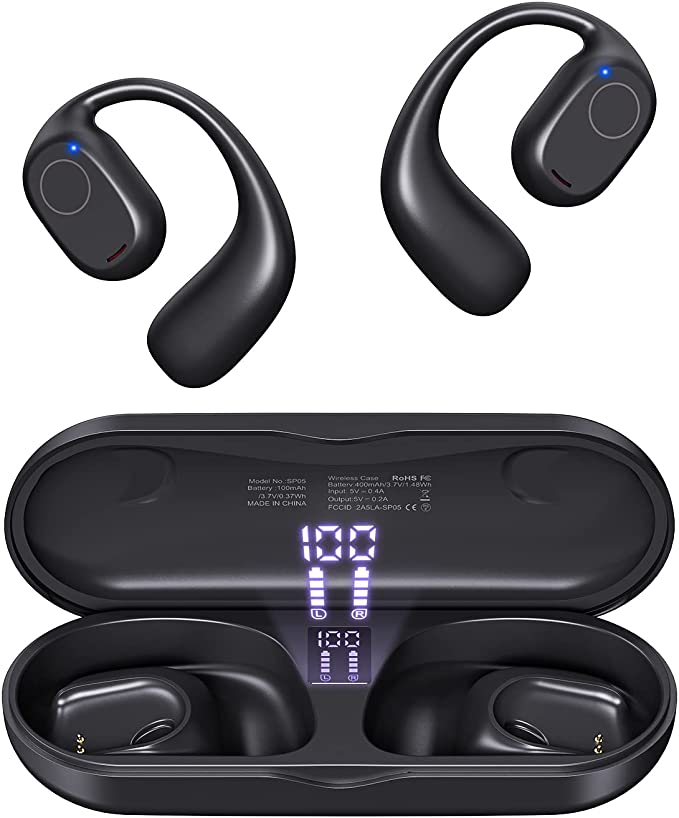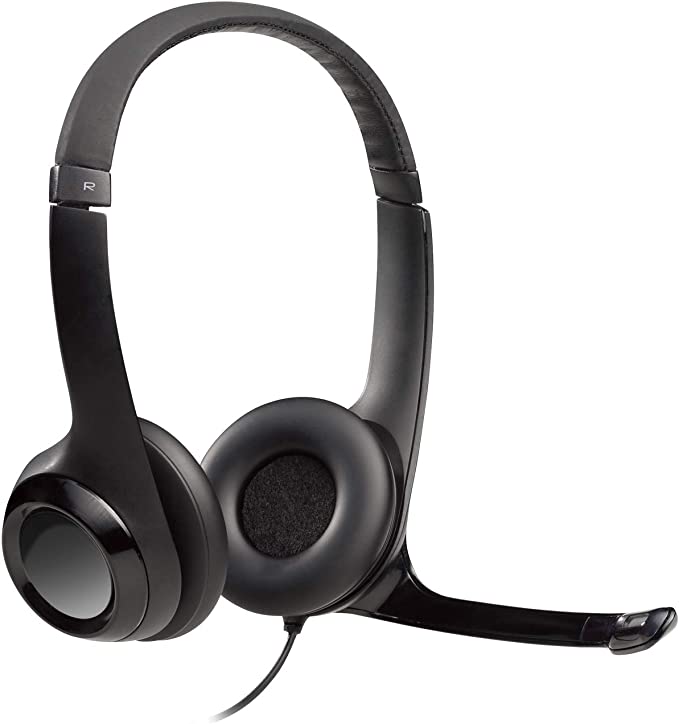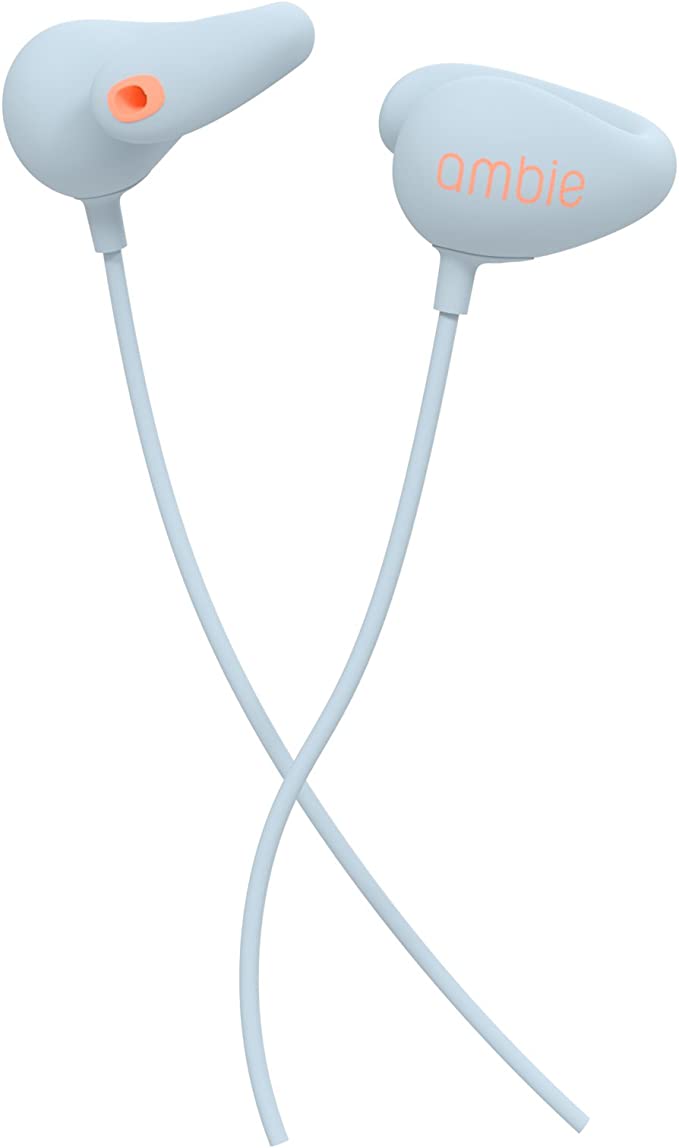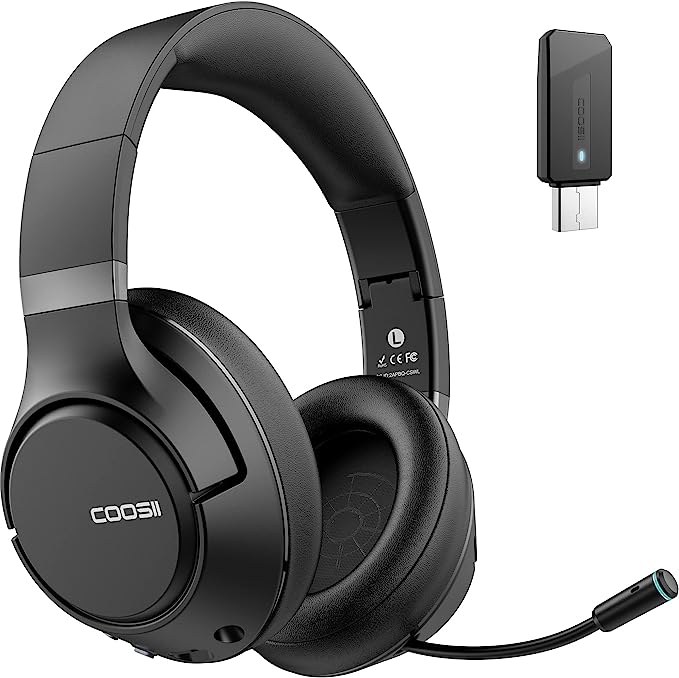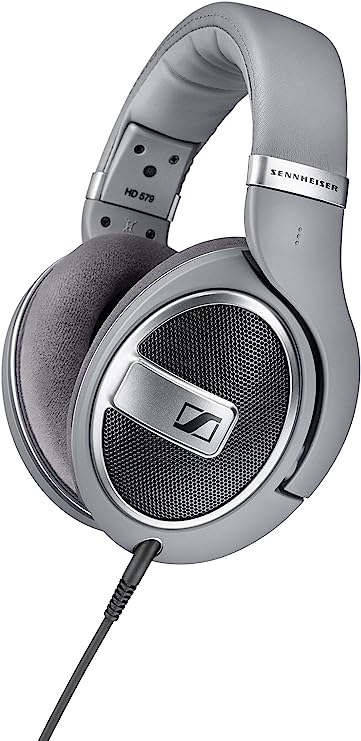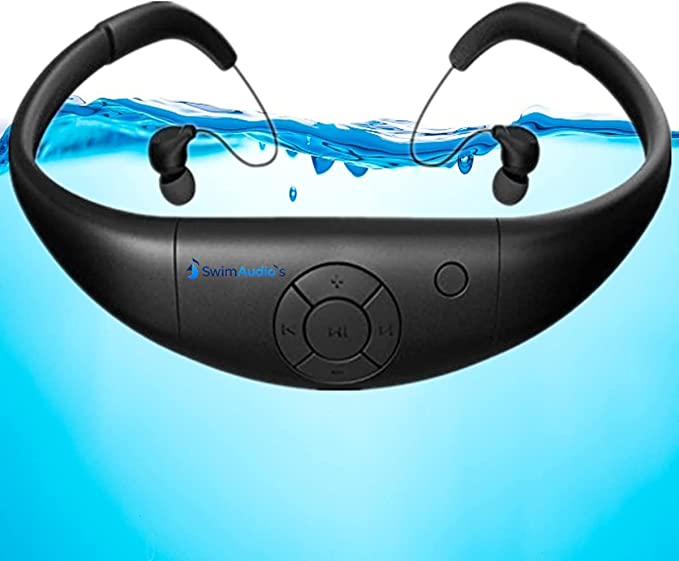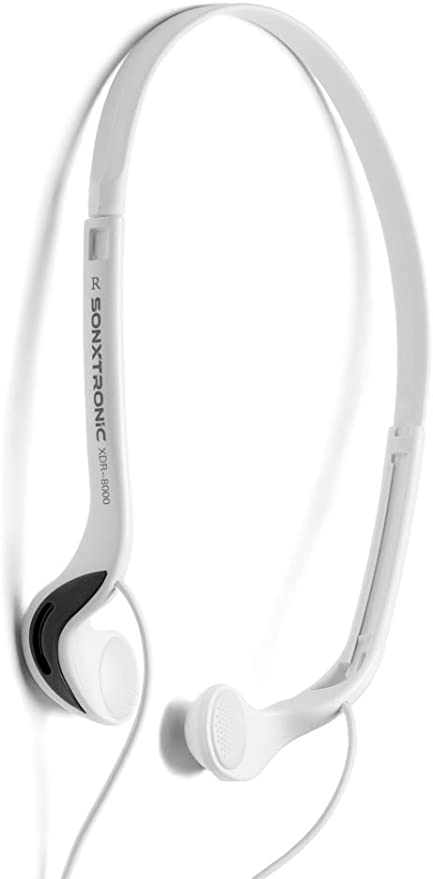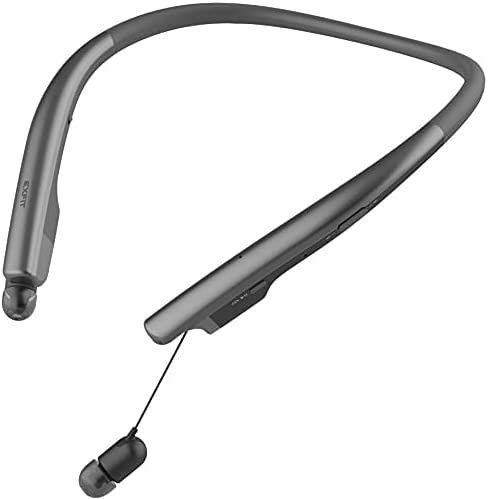Bose SoundSport In-Ear Headphones - Deep, Clear Sound On the Go
Update on Aug. 4, 2025, 6:10 a.m.
There is a universal moment of frustration known to anyone who has ever tried to exercise with music. It’s the rhythm-breaking annoyance of an earbud working its way loose mid-stride, or the hollow, tinny sound that robs your power-anthem of its soul-stirring bass. This experience is so common we almost accept it as inevitable. But what if the solution isn’t just a better-shaped piece of plastic, but a deep, intentional application of physics, anatomy, and engineering philosophy? The journey of personal audio, from the humble transistor radio to the iconic Sony Walkman and the pocket-sized revolution of the iPod, has always been a quest to solve this very puzzle: how to deliver vast, immersive sound from a tiny, personal device.
The Bose SoundSport in-ear headphones serve as a fascinating case study in this ongoing quest. Rather than just being another product, they represent a tangible manifestation of a design philosophy rooted in scientific first principles. To truly understand them, we must look past the surface and explore the invisible engineering that shapes what you hear and how you feel.

The Ghost in the Machine: Decoding the Physics of TriPort Sound
One of the most persistent challenges in audio engineering is the tyranny of size. To produce deep, resonant bass, a speaker driver needs to move a substantial volume of air. It’s a matter of pure physics. This is why high-fidelity home speakers are large and subwoofers have considerable bulk. So, how can a minuscule earphone, with a driver no bigger than a pea, possibly replicate that satisfying, low-frequency pulse without turning the entire sound into a muddy mess?
The answer lies in a clever acoustic principle that Bose has masterfully miniaturized in its TriPort technology. The product page promises “deep, clear sound… for crisp highs and natural-sounding lows,” and the science behind this is analogous to the port, or hole, you see on a high-quality bookshelf speaker. This isn’t just a random opening; it’s a precisely tuned component of what’s known as a bass reflex system. In essence, it functions based on the principles of a Helmholtz resonator. By allowing air inside the speaker enclosure to move through the port, it creates a resonance that reinforces low-frequency sounds, making the bass richer and more efficient.
TriPort technology applies this same concept at a microscopic level. The earbud housing is not merely a passive shell; it is an active acoustic chamber with tiny, meticulously engineered ports. These ports give the air behind the small driver room to “breathe,” managing the back-pressure on the transducer and allowing it to move more freely. This enables it to produce a surprisingly deep and natural-sounding bass without demanding more power or a larger size. Critically, this is achieved without compromising the clarity of the mid-range and treble frequencies, resulting in the balanced, detailed audio promised across the full 20 Hz to 20,000 Hz spectrum. It’s not magic; it’s sophisticated fluid dynamics and acoustic physics working in concert, right inside your ear.

The Art of Anchoring: Ergonomics Meets Human Anatomy
If achieving great sound is a victory of physics, ensuring a secure and comfortable fit is a triumph of ergonomics and anatomy. For decades, the default design for in-ear headphones involved either uncomfortably jamming a bud deep into the ear canal or having it rest precariously on the outer ear. Both approaches are flawed, leading to pressure fatigue and instability, especially during movement.
The proprietary StayHear tips are a radical departure from this paradigm. Their design is a masterclass in user-centered thinking, born from a deep understanding of the human ear’s unique and complex topography. The key to their stability and comfort lies not in force, but in form. The soft, flexible silicone wing is not meant for the ear canal at all. Instead, it is precisely shaped to nestle into the natural curvature of the ear’s cartilage, specifically the bowl-shaped depression known as the concha.
From a biomechanics perspective, this is ingenious. Instead of relying on a single point of pressure inside the highly sensitive ear canal, the StayHear tip creates a secure, three-point anchor that distributes its minimal pressure across a wider, less sensitive surface area. It uses the ear’s own structure as a natural locking mechanism. This is why they remain so stable during vigorous exercise, resisting the forces of gravity and motion. This secure fit also creates a better acoustic seal, which passively isolates you from outside noise and allows the meticulously engineered sound from the TriPort system to be delivered without interference. It’s a design where comfort and performance are not a trade-off, but two sides of the same coin, achieved by treating the ear not as a simple hole, but as the complex anatomical structure it is.

The Unbroken Thread: The Deliberate Choice of Wired Fidelity
In our current era of wireless ubiquity, a wired headphone might seem anachronistic. Yet, the choice to offer the SoundSport with a wired Lightning connection is a deliberate engineering decision, not a relic of the past. It’s a choice that prioritizes ultimate signal integrity and reliability over absolute convenience.
A wired connection provides an unbroken, physical pathway for the audio signal from the device to the drivers. This eliminates a host of variables that can plague wireless audio: there is no risk of signal dropouts from radio frequency interference, no perceptible latency between your device and your ears, and no concerns about Bluetooth audio compression degrading the sound quality. For an athlete focused on their performance or an audiophile listening critically, this absolute reliability is paramount. Furthermore, because the Lightning connector itself houses a tiny digital-to-analog converter (DAC), the headphones control the crucial final step of turning digital ones and zeroes back into the analog sound waves you hear. And perhaps most practically, they require no separate battery to charge. In this context, the wire is not a limitation; it is a feature, a guarantee of a pure, uninterrupted listening experience.

Conclusion: Design Beyond the Surface
The Bose SoundSport headphones are more than just a tool for listening to music. They are a testament to a design philosophy that runs deep in the company’s DNA, a legacy traceable back to its founder, Dr. Amar Bose, and his work at MIT. This philosophy posits that the greatest technological advancements are those that solve human problems so seamlessly, their underlying complexity becomes invisible.
By dissecting these headphones, we uncover a world of unseen engineering—the application of acoustic physics to create expansive sound from a small space, the study of human anatomy to craft a perfectly anchored fit, and the conscious engineering trade-offs made to prioritize performance. It reminds us that in the best-designed products, every curve, every material, and every feature has a purpose, rooted in a fundamental understanding of science and a profound respect for the human experience. They make a quiet but powerful argument: the pursuit of a better listening experience is, and always has been, a pursuit of better science.

